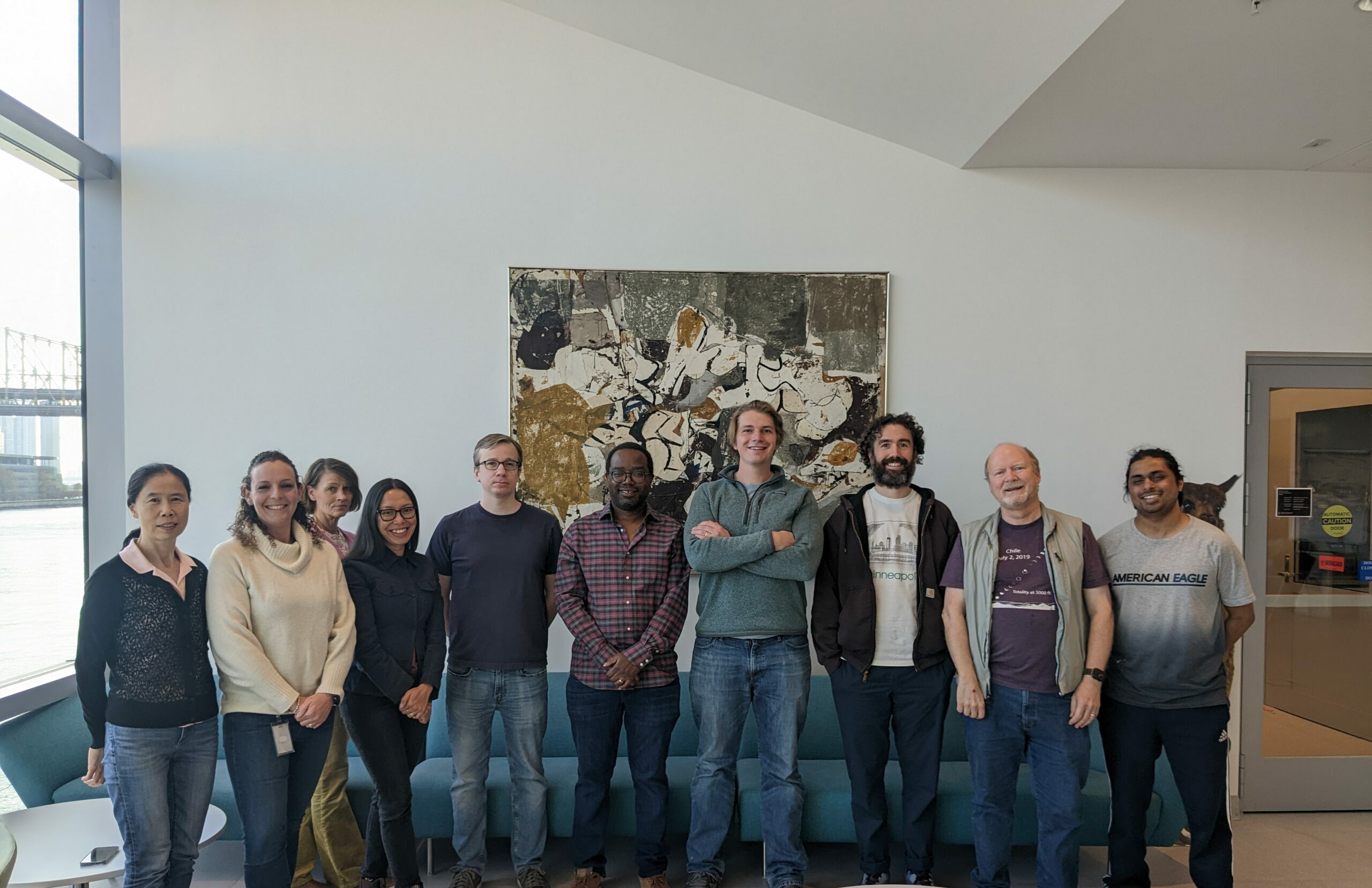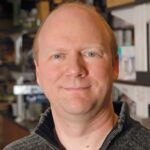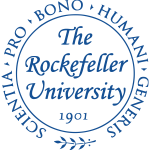The main focus of the Rout lab’s work is to determine the structure, dynamics and function of cellular macromolecular assemblies, developing tools where necessary to do so. Our main focus is the nuclear pore complex (NPC), which mediates trafficking between the cytoplasm and nucleoplasm, and also plays key roles in chromatin silencing, transcriptional regulation, and other crucial cellular processes. Our main goals are to: (i) understand the molecular architecture of the NPC, ultimately at atomic resolution, shedding light on its principles of construction, assembly, and evolutionary origins; and (ii) understand how the NPC interacts with cargo carrying transport factors to mediate and regulate their passage across the NE. We ultimately aim to generate dynamic maps of the transporting NPC at the atomic and microsecond level of resolution.
Our NPC studies are the best example of the tremendous potential of the approaches we have used, and we have spent many years developing proteomic, structural and computational approaches that have allowed us to dissect the structure and function of diverse macromolecular assemblies and interactome networks.
Major research interests:
- Continued characterization of the architecture of the NPC. The lab is also studying members of the mobile phase (transport through the NPC). We want to integrate ultrastructural and biochemical studies to understand the molecular basis of the translocation of different transport factors across the NPC. Both in vitro to study the high-resolution structures mediating the transport processes, and in vivo to test possible mechanistic models to understand the complete sequence of events during a transport cycle.
- Techniques development and implementation. We have recently optimized the production of single-chain camelid antibodies, providing significant insight into their properties. which can be utilized as a key molecular biological reagent.
- Cryomilling: We have made significant advancements in using the technique of cryomilling to preserve macromolecular complexes in their native state.
- Production of nanobodies for use in basic research and development for potential therapeutic and diagnostic purposes
To learn more about or research and lab members, click here!
The Rout Lab in action:
The ALS ice bucket challenge
The Rockefeller University webpage

Rout lab members (Left to Right): Hua Jiang, Yael Udi, Paula Upla, Natalia Ketaren, Peter Fridy, Sam Obado, Trevor Van Eeuwen, Chris Caffalette, Michael Rout & Sanraj Mittal.


